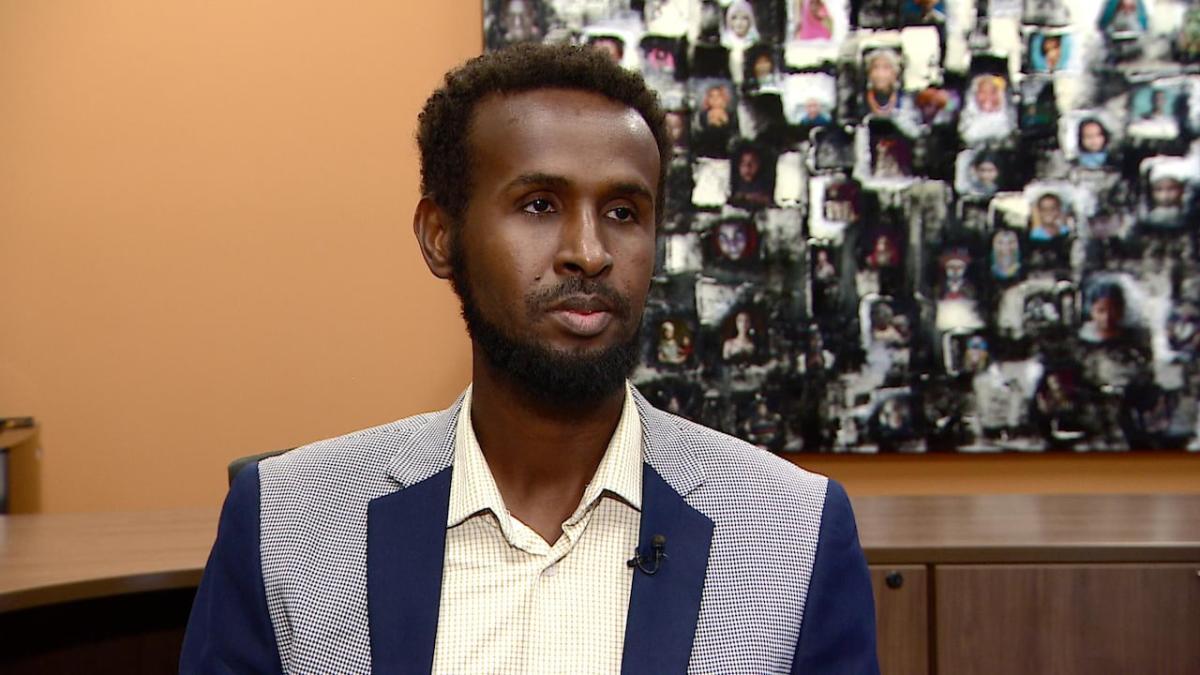Experts say they’ll be closely monitoring Saskatchewan’s population and immigration trends as the province experienced a drop in international immigration and continues to lose residents to other provinces.
According to the latest data from Statistics Canada, in the second quarter of 2024, Saskatchewan welcomed 7,720 newcomers from abroad — a 20 per cent decrease from the 9,681 who arrived during the same period last year.
“We’re trying to manage immigration levels and the impact that it might have on our infrastructure. But on the other side of the same coin, we need to be very careful in terms of looking at how that might impact the economy,” said Ali Abukar, CEO of the Open Door Society in Saskatoon.
Patrick Charbonneau, a demographer at Statistics Canada, said the slowdown reflects a broader national trend.
“We’re seeing the start of a slowdown of the population growth,” Charbonneau said. “If we compare the situation in the second quarter of 2023, we were seeing all-time records. And now we are seeing the situation that is slowly starting to come back to what it was before,” he said.
Charbonneau attributed the decline primarily to a reduced number of non-permanent residents — those who come to Canada to work, study or seek asylum.
Abukar said, that if the trend continues, and federal immigration policies continue to try to slow down immigration and reduce temporary residents, we could see more of a decrease in international immigration in Saskatchewan.
“When your overall population numbers are lower, 1.24 million, that 20 per cent decrease for the quarter might not look too huge, but the consequences [that] might have on our economy and overall might be bigger than that,” Abukar said.
Saskatchewan’s population stands at 1,239,865 as of July 2024.
The gains were mainly driven by international immigration and natural population increase but were partially offset by a net loss of 1,542 people due to interprovincial migration.
Charbonneau said 80 per cent of those losses are to Alberta.
Canada will announce on Nov. 1 how many permanent residents it will invite in the next few years. Abukar said he’s expecting to see reductions in the number of permanent residents Canada will invite.
“For the first time, the immigration minister also is going to include the number of temporary residents. In the past there was no cap, there was no specific number of temporary residents like international students and work permits. But now that is going to be included in the next year,” he said.
Abukar said if there aren’t enough people entering the labour force, and more people are leaving the province, that might create a gap that will impact critical services and the workforce in Saskatchewan.

